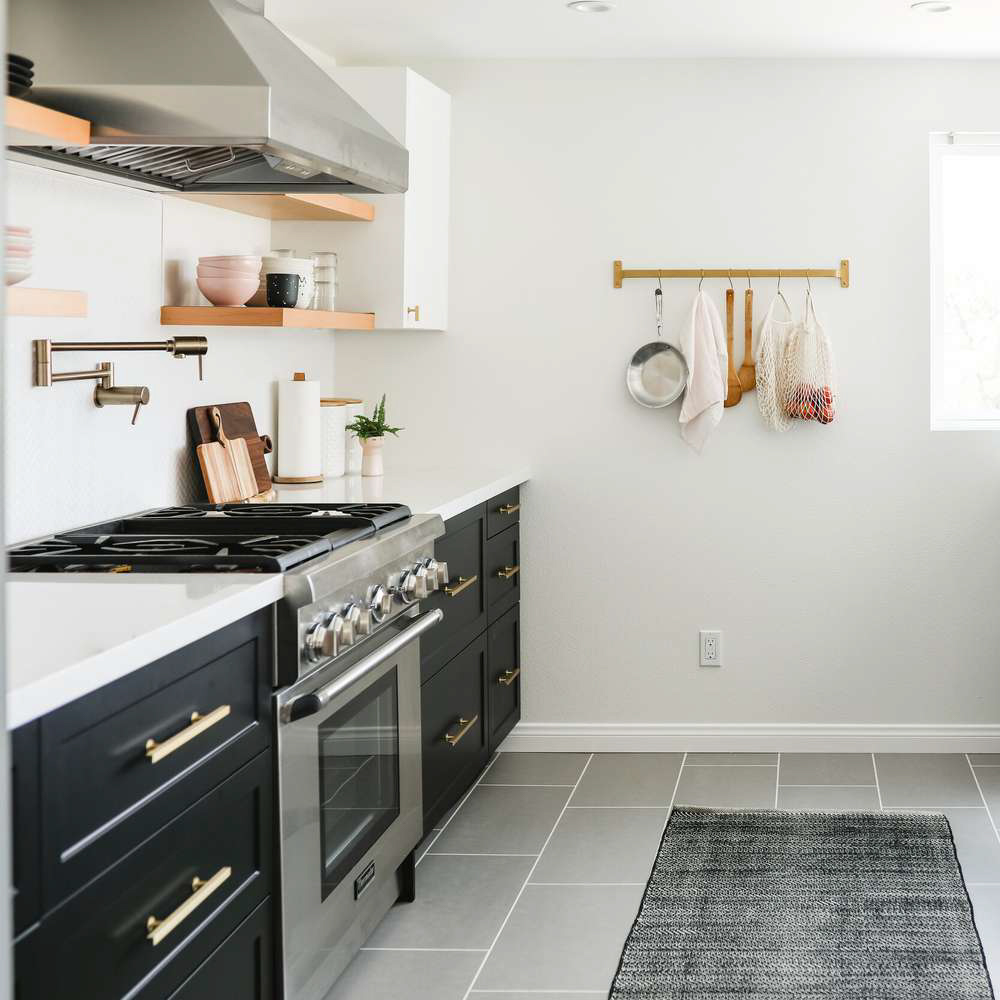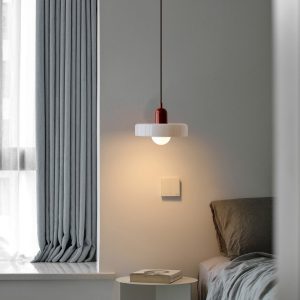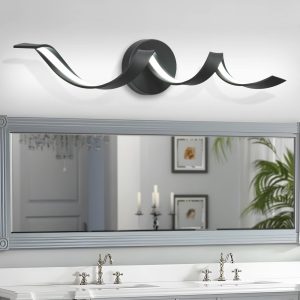
Introduction
LED (Light Emitting Diode) technology has revolutionized the lighting industry in recent years. LED bulbs offer a range of advantages over traditional incandescent and fluorescent bulbs, including energy efficiency, long life span, and durability. Pendant lamps – those hanging from the ceiling by a cord or chain – are a popular lighting option, and LED pendant lamps combine style with energy efficiency. This article will explore the benefits of LED pendant lamps and provide tips for choosing and using them.
Benefits of LED Pendant Lamps
Energy Efficiency
One of the key advantages of LED pendant lamps is their energy efficiency. LED bulbs use about 75% less energy than traditional incandescent bulbs, and last up to 25 times longer. This means that not only will you save money on your energy bill over time, but you’ll also need to replace the bulbs less frequently.
Long Life Span
Another benefit of LED pendant lamps is their long life span. LED bulbs can last up to 25,000 hours – that’s almost three years if you use the lamp for eight hours a day. This means you won’t need to replace the bulbs as frequently as you would with traditional bulbs, which is not only convenient but also environmentally friendly as it reduces waste.
Durability
LED bulbs are also more durable than traditional bulbs. They are made of solid-state materials, which means they can withstand shock, vibration and temperature changes. In addition, LED bulbs do not contain filaments or glass, making them less likely to break or shatter when bumped or dropped.
Factors to Consider When Choosing an LED Pendant Lamp
When choosing an LED pendant lamp, there are several factors to consider to ensure you get the best option for your needs.
Brightness and Color Temperature
LED bulbs come in different brightness levels and color temperatures, which can affect the ambiance and functionality of the room. For example, bright, cool white light (5000K-6500K) is great for task lighting in work areas, while warm white light (2700K-3000K) is ideal for creating a cozy, relaxing atmosphere in living spaces. Make sure to choose a bulb that fits your needs and preferences.
Bulb Type
LED pendant lamps may use different types of LED bulbs, such as COB (Chip on Board) or SMD (Surface Mount Device). Each type has advantages and disadvantages, and you should research which one will work best for your needs before making a purchase.
Lamp Material and Style
LED pendant lamps come in a variety of styles, so it’s important to choose one that fits your space and aesthetic preferences. Consider the material of the lamp shade or glass, the color of the lamp cord or chain, and the overall style of the lamp. Some popular styles include industrial, modern, and vintage.
Using LED Pendant Lamps Effectively
Once you’ve chosen the ideal LED pendant lamp for your space, it’s important to use it effectively to maximize its benefits.
Placement
LED pendant lamps should be placed at an appropriate height and location to provide optimal lighting. Consider the height of the ceiling and the size of the room when deciding where to hang the lamp. It’s also important to ensure the lamp is not obstructed by furniture or other objects.
Dimmers and Smart Controls
Dimmers and smart controls can be used to adjust the brightness and color temperature of LED pendant lamps. This can help you create different moods and use the lamp for a variety of activities, from reading to entertaining. Make sure to choose a model that is compatible with your lamp and meets your needs.
Maintenance
While LED bulbs require less maintenance than traditional bulbs, it’s still important to keep your lamp clean and dust-free to ensure optimal performance. Use a soft cloth or duster to clean the lampshade and bulb regularly, and replace the bulb if it starts to flicker or lose brightness.







